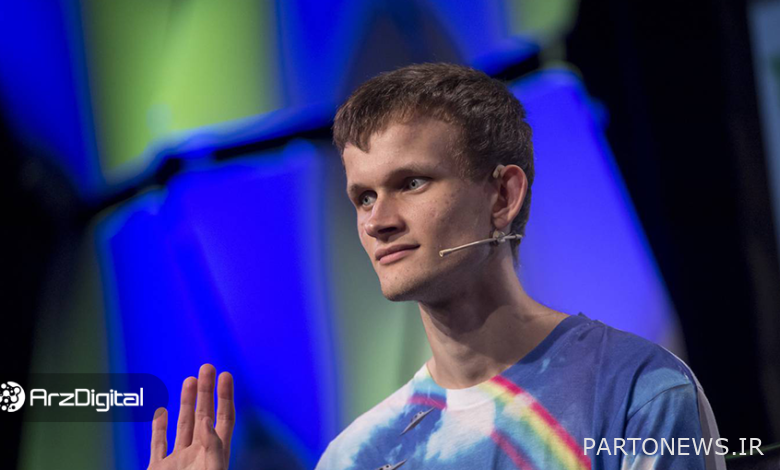The latest proposal from the creator of Atrium; New multidimensional structure for commissions

Atrium creator Vitalik Butrin believes that gas should be used according to the processing resources and the conditions of each of these sources should be calculated to improve the current structure of fees in Atrium. Vitalik has developed a new plan for this purpose.
To Report Kevin Telegraph, Vitalik Butrin, has come up with a new idea as part of his recent efforts to improve the network fee structure of the network.
The new design, entitled “Multidimensional EIP-1559,” was presented in a blog post on January 5, with Butrin pointing out that in the Atrium Virtual Machine (EVM), different sources have different gas consumption rates. To each other.
Also read: چیست What is Gas in the Atrium? Comprehensive guide
According to Butrin, when allocating capacity for instantaneous applications, there are more constraints than for stable applications for the Atrium virtual machine. Butrin compared, for example, how the data in each block was stored, how witness data was stored, and how the block state resized in the two modes.
Butrin added:
Our current method, in which all processing resources are combined under a single multidimensional source, the same concept, can not manage these differences.
Butrin believes that when we do not pay attention to these limitations and regardless of these limitations, we consider a gap for all processing resources; Fees are not calculated optimally at all.
Butrin justifies the changes in his proposed method with detailed mathematical calculations; But in short, his proposal seeks to offer two potential solutions using the concept of “multidimensional pricing”.
In the first solution, it is suggested that for different processing resources such as contact data and storage, the cost is calculated by dividing the base fee of each specific processing source unit by the total base cost. It should be noted that the base cost is the same as the fixed network fee per block that is addressed in the EIP-1559 algorithm.
The second solution, which is a little more complicated, seeks to calculate the base cost for using different processing resources, taking into account the instantaneous constraints of each resource. Of course, priority costs are also taken into account, which are calculated by multiplying their specific percentage by the base costs.
Now that the Atrium developer community is focused on future network updates, it remains to be seen whether Butrin’s proposal will be approved. In the forthcoming update, the Atrium network is seeking to integrate the current Atrium blockchain with the Beacon Chain in order to say goodbye to the proof-of-work algorithm and miners. The Kintsugi test network is currently in service and is expected to be fully operational in the first quarter of this year.
Also read: The second version of Atrium will be launched in mid-2022; An end for atrium miners
The EIP-1559 plan, introduced in August as part of the London Update, also aimed to reduce transaction costs by making gas prices more predictable. According to the data obtained, 1.36 million atriums with an approximate value of $ 4.7 billion were lost since the implementation of this project.

